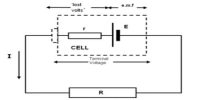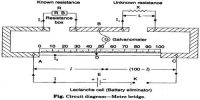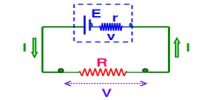We know, electrical energy is produced in power stations situated at different places. The electricity thus generated has to be transmitted at different places according to the demand. The electrical energy produced is transmitted to the different substations situated at different places by the electricity transmission system. Then from different substations this electrical energy is distributed to the consumers by electricity distribution system again.
In the power station the electrical energy is generated at low voltage. Then this low voltage is transfonned into high voltage by the step-up transformer. The conducting wires which are used for electricity transmission have a definite amount of resistance. As a result, to overcome this resistance, part of the electrical energy is converted to heat. That is, a loss or decay of energy occurs. This loss of energy is termed as system loss. Due to the transmission of electricity at high voltage, the loss that occurs due to the power grid or of conductor is decreased to a great extent. For a definite amount of electrical energy, the value of the electric current becomes lower due to high voltage transmission. As an example- if the transmission line voltage is increased by ten times, then the electric current becomes one tenth. As a result, the PR loss of the power grid becomes one hundredth. Therefore, by increasing the transmission line voltage we can lower the system loss.















